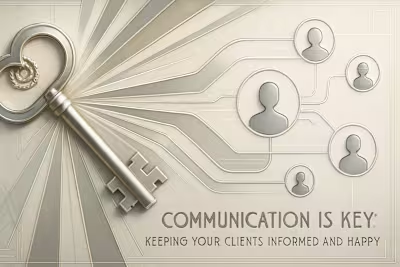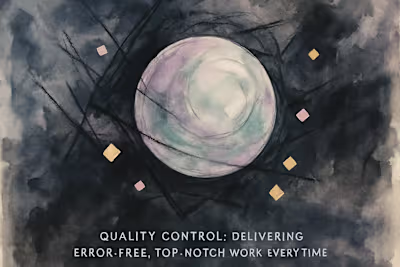Handling Difficult Clients: Conflict Resolution Strategies for VAs

Handling Difficult Clients: Conflict Resolution Strategies for VAs
Identifying the Root Cause of the Conflict
Is It a Miscommunication?
Are Expectations Misaligned?
The L.A.P. Method: Listen, Acknowledge, Propose
Listen Actively Without Interrupting
Acknowledge Their Feelings and Key Concerns
Propose a Clear Path Forward
Common Difficult Client Archetypes (and How to Manage Them)
The Micromanager
The Scope Creeper
The Ghost
Knowing When and How to Fire a Client
Red Flags That Signal It's Time to Go
The Professional Way to End the Relationship
References
Handling Difficult Clients: Conflict Resolution Strategies for VAs
Identifying the Root Cause of the Conflict
Is It a Miscommunication?
Are Expectations Misaligned?
The L.A.P. Method: Listen, Acknowledge, Propose
Listen Actively Without Interrupting
Acknowledge Their Feelings and Key Concerns
Propose a Clear Path Forward
Common Difficult Client Archetypes (and How to Manage Them)
The Micromanager
The Scope Creeper
The Ghost
Knowing When and How to Fire a Client
Red Flags That Signal It's Time to Go
The Professional Way to End the Relationship
References
Posted Jun 30, 2025
Turn challenging client situations into growth opportunities. Learn professional conflict resolution strategies for virtual assistants to handle difficult clients with confidence and grace.









